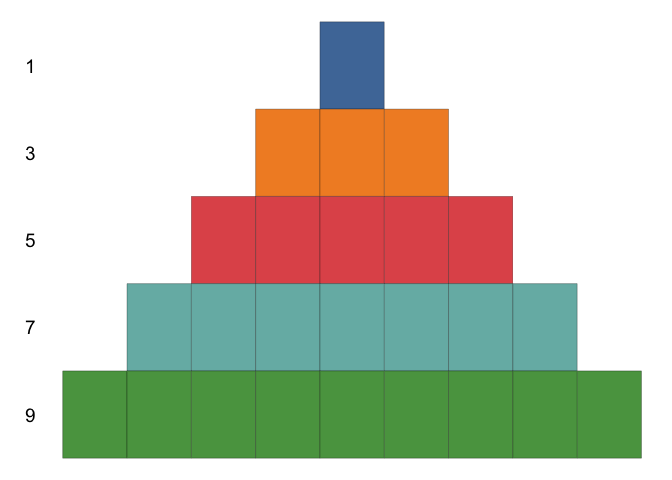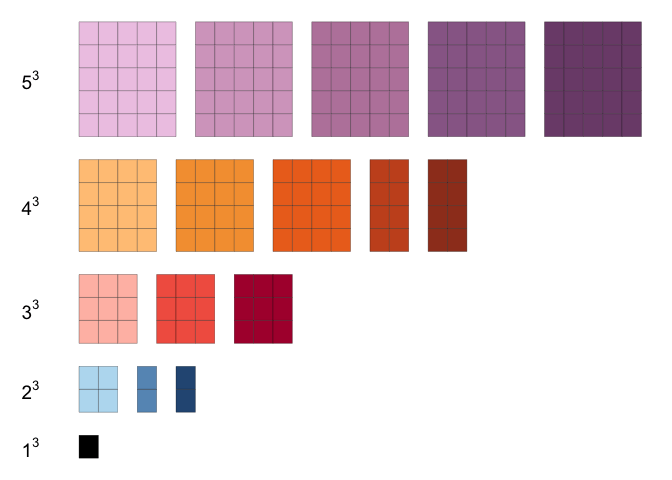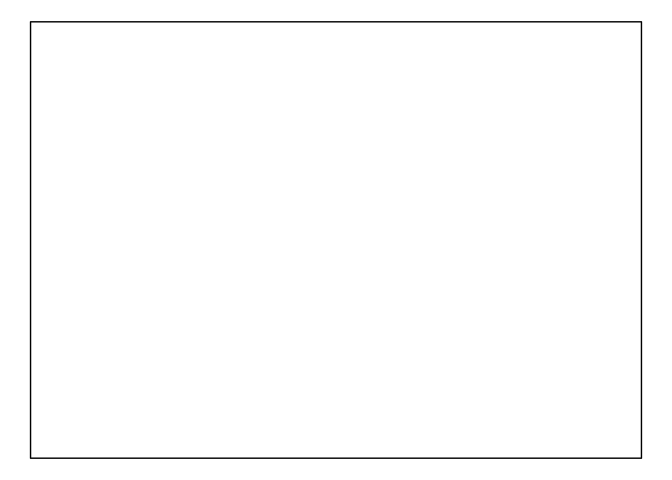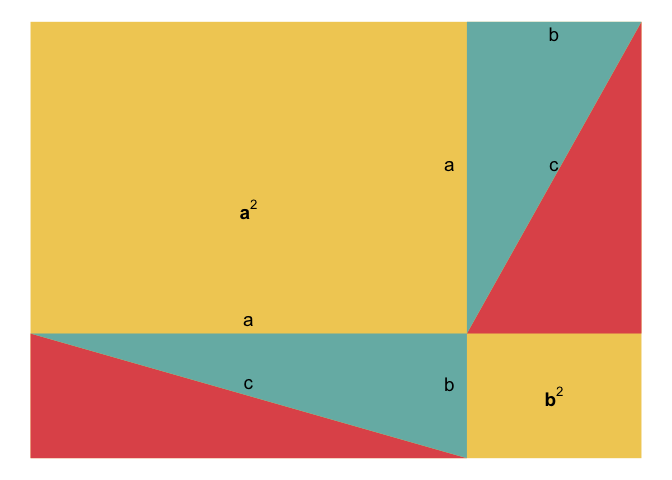I recently watched the 2 part workshop (part 1, part 2) on ggplot2 and extensions given by Thomas Lin Pedersen. First of, it was really nice of Thomas to give the close to 4 hour workshop for the benefit of the community. I personally learnt a lot from it. I wanted to try out gganimate extension that was covered during the workshop.
There are several resources on the web that show animations/illustrations of proofs of mathematical identities and theorems without words (or close to it). I wanted to take a few of those examples and use gganimate to recreate the illustration. This was a fun way for me to try out gganimate.
Example 1:
This example is taken from AoPS Online and the result is that sum of first
The gganimate version of the proof (using the method in AoPS Online) is shown below (R code, html file)

Example 2:
This example is also taken from AoPS Online and the result is:
The gganimate version of the proof (using the method in AoPS Online) is shown below ( R code, html file):

Example 3
This example from AoPS Online illustrates the result
The gganimate version of the proof (using the method in AoPS Online) is shown below ( R code, html file):

Example 4
According to Pythagoras theorem,
There was an illustration of the proof of pythogoras theorem in a video from echalk.
The gganimate version of the proof is shown below ( R code, html file)

In summary, it was great to use gganimate for these animations since it does all the magic with making transitions work nicely.